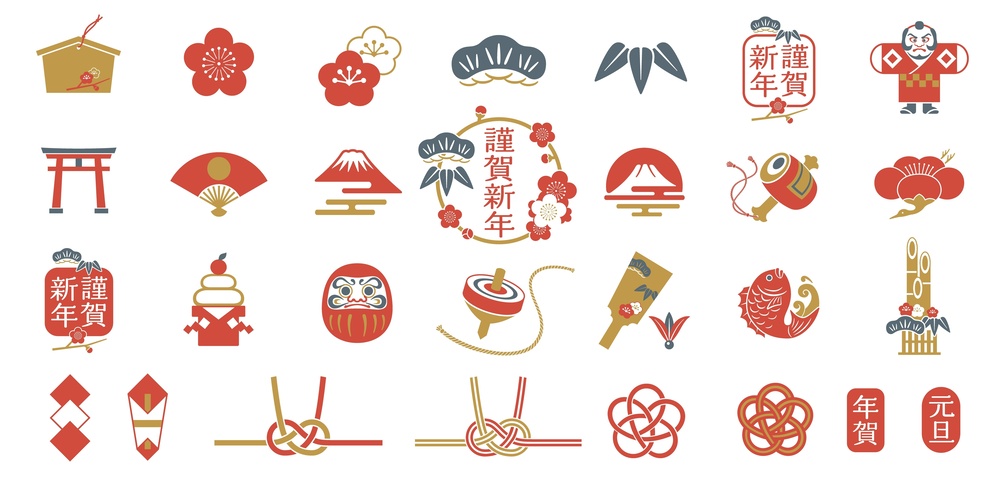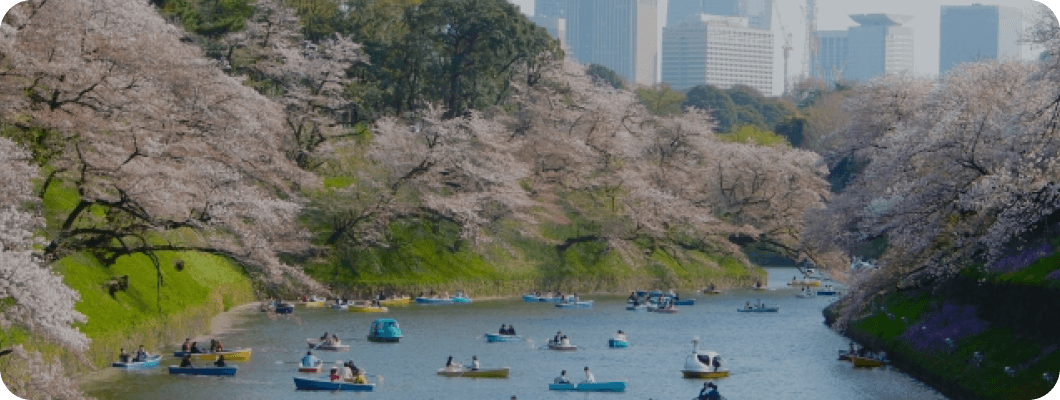
NEWS

Life in Japan: How foreigners spend and enjoy the year-end and New Year's holidays ①
BLOG

Hello everyone!
We would like to know how foreigners staying in Japan or living apart from their home country spend and enjoy the year-end and New Year's holidays in Japan.
Please let us know how you spend the traditional Japanese New Year's Eve and New Year's holidays!
You can feel the “Japaneseness” of the Japanese New Year in many different places, as there are things and customs that you cannot find in other countries.
Many people who are in Japan to study or work may look forward to the Japanese New Year.
On the other hand, those who are spending New Year's in Japan for the first time may be troubled by the differences from the usual, such as holidays and changes in business hours.
In this issue, we will introduce some of the events held during New Year's, how to enjoy them, and what you should do before New Year's so that foreign residents in Japan can enjoy them.
📗 Holidays and annual events in Japan
What is New Year's Day in Japan?
In Japan, January 1 marks the beginning of the year.
New Year's Day is meant to celebrate the safe arrival of the New Year and to wish for a peaceful year ahead.
Every year from January 1 to January 3 is called “Sanganichi” (three days), and many companies close for the holiday.
Depending on the sequence of the days of the week, many offices are closed from around December 29 to January 3.
(Depending on the sequence of the days of the week, some may be closed until January 5.
After Christmas is over, more New Year's decorations are displayed around town.
People put up kadomatsu (gate pine trees) and other New Year's decorations to celebrate the New Year.
Many people clean their houses to welcome the new year.
When the New Year begins, stores hold “Hatsu-sales” (first sale). It is an annual scene crowded with people on New Year's holidays. The New Year's atmosphere is unique and once a year, and many people look forward to it every year.
Let's enjoy the customs of Oshogatsu!
The Japanese New Year is a time of various customs that take place only during this time of the year.
Some of them are held at each household, while others are open to everyone, so if you have the opportunity to participate, please do so.
Here we introduce some of the New Year's customs that anyone can easily participate in.
Let's go to Hatsumode (New Year's visit to a shrine)
Hatsumode is a New Year's event where people visit shrines and temples for the first time after the new year.
Generally, people visit shrines and temples from January 1 to January 7; in some areas, people visit shrines and temples until the 15th.
We ask for good health and peaceful life during the year.
Some people visit shrines near their homes, while others may travel to famous shrines.
Famous shrines such as Ise Jingu in Mie and Meiji Jingu in Tokyo are crowded with visitors during the New Year.
I don't know how to visit shrines...
Many shrines have written instructions on how to visit the shrine, so you don't need to worry too much about the etiquette.
During Hatsumode, many people visit shrines, so try to imitate the people in front of you and those around you.
New Year's Eve mairi and Ni-nen mairi
Some people visit the shrine on December 31st near midnight.
It is called “Toshikoshi mairi” or “Niennen mairi” because it is a visit across the year.
You can enjoy the unique atmosphere of the Japanese New Year. Please dress warmly for this event.
Lucky charms at shrines
Not only good luck charms, but also other lucky charms (enkimono) such as omafuda (money) and hamaya (arrowheads) are sold at shrines. These are displayed in the house to pray for good health and peace during the year.
If you find one you like, you may purchase it. Purchased items should be displayed in a high place in the house.
Smaller amulets should be kept in a bag and carried with you at all times.
It is going to be a fun holiday season!
Please share with your friends.
We hope you will continue reading next week.
instagram
realestatejapan
PDF file









